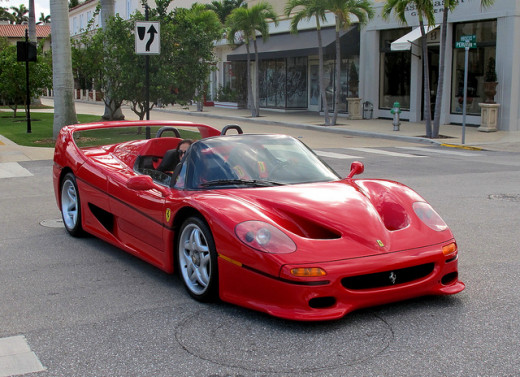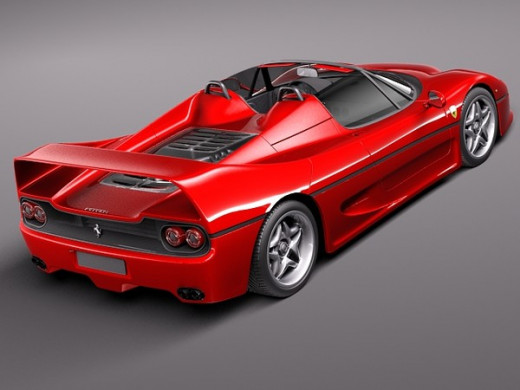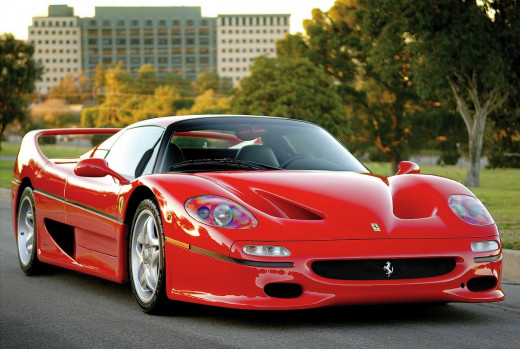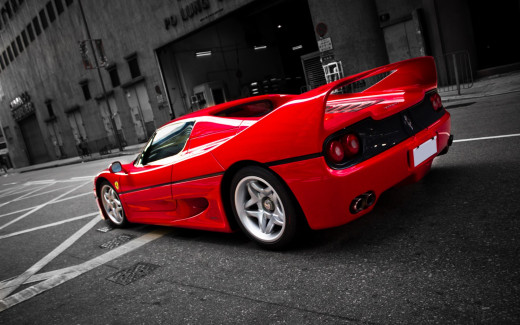Ferrari F50


A man called Piero Ferrari was the one that started it all to begin the idea of the Ferrari 50 , successor to the F40 this car had some big wheels to fill. The vice chairman Piero actually drove the F40 to the office daily and as he drove to and fro he realized the potential for making a concentrated effort on a road going car based on their Formula 1 designs.
The work on the F50 began in 1990 with the F1 cars carrying the latest car technology for Ferrari at the time , most of it made its way into the F50. The car had a naturally aspirated V12 with a chassis made to be light and strong out of carbon fiber. Naturally the car had to have the best handling so push rod suspension was employed.

The cars engine was a masterpiece derived from the 1990 F1 Ferrari's engine block it used a 4.7 liter block with similar crankshaft and heads which made the car very easy to reproduce. All other engine components however had to be made new as to make sure the car meets road standards it needed. The car was the most powerful road car that Ferrari made to that day and it had a massive 513 horses under the hood.
A six speed manual gearbox was connect to the engine and connected to your hand manually and mounted longitudinally to maintain weight balance. The suspension of the car was very modern and featured electronically managed shocks which were controlled by the ECU to maintain grip and poise through the corners. Body roll of the car was minimized and braking was not a problem with large ventilated discs on all fours from Brembo.

As with most Ferrari's Aerodynamics where a major part of the car and after a full scale model was created and the car had been put through its paces it went through the wind tunnel. Tests in here were extensive with the car spending hundreds of hours making sure that the car was good enough to stay planted on the road.
The F50 production was capped to just 350 cars and this was to maintain exclusivity and also it was for what made business sense. The car was not cheap with a price tag of over half a million dollars. This car was expensive for a reason it was near enough the best you could get for that type of car at that day and age. With 0-60 coming up in 3.7 seconds the car had a top speed of 196mph but what made it one of the greats was the way it was able to handle like it was on the track and then calm down and be more sensible when you needed it to be.



